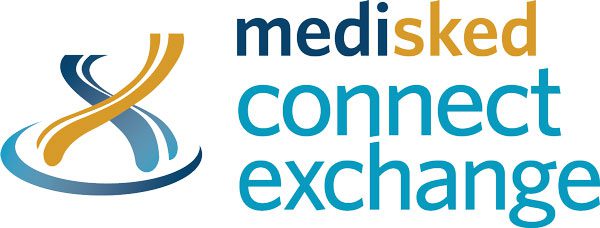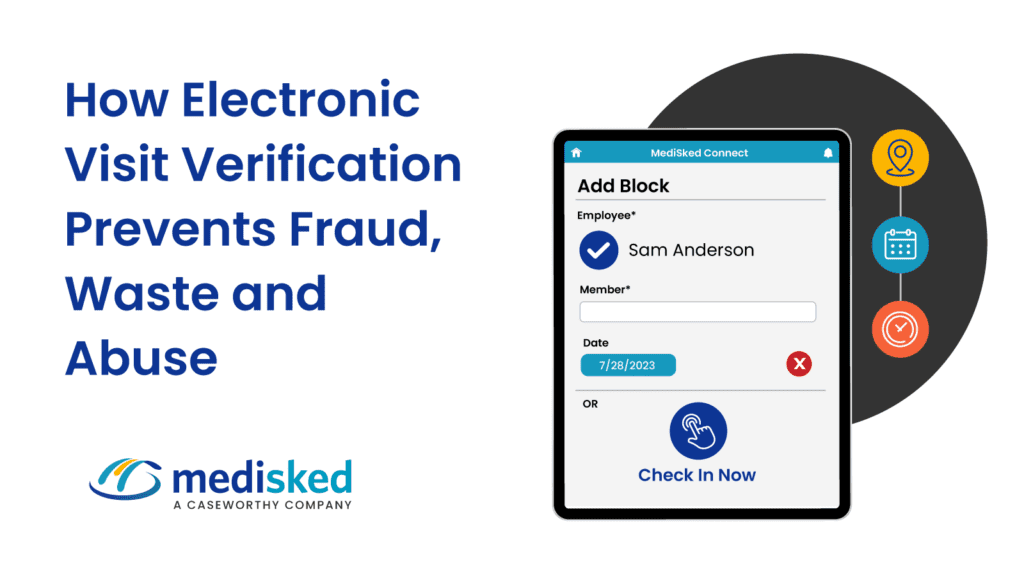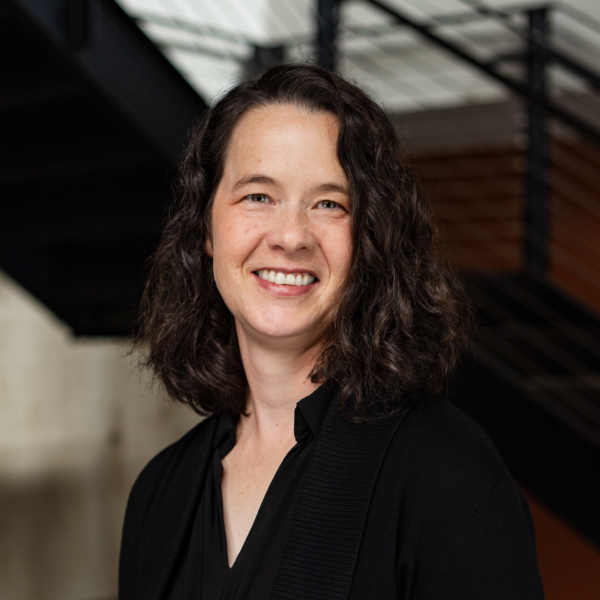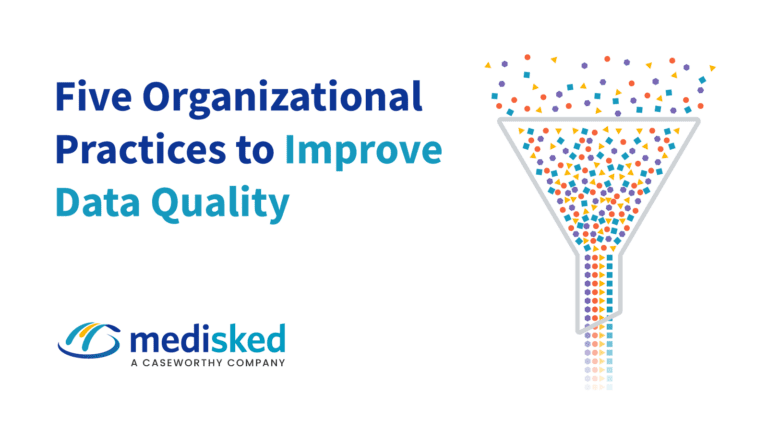Electronic Visit Verification (EVV) has been a facet of Home and Community-Based Services (HCBS) for the last few years. The Center for Medicaid and Medicare Services (CMS) began requiring states to use EVV for Personal Care Services in 2020 and more recently for Home Health Care Services in the beginning of 2023.
But, what does it mean to verify a visit? How does EVV actually work?
The concept behind EVV is that a visit must be verified as having been 1) the right type of service, 2) provided to the right person, 3) at the right time, and 4) at the correct location. It has introduced a method of measurement from which some level of quality of service can be monitored:
- Are people receiving the service described on their plan?
- Are people receiving the care they need at the scheduled time?
- Was care provided for the full time approved by the plan, or was it cut short for some reason?
- Did the correct member of a family receive service?
- Was the service delivered where it was scheduled – in the home? Or at a specific place in the community?
Any person looking at the list of questions can immediately see the value of EVV, especially thinking about a service that either they themselves or a loved one should be receiving. If a service has been approved and payment for that service arranged (by Medicaid or any other payer) – then to be a quality service, it should be both provided and received as intended. EVV is a way to provide a measurement – like a receipt – of the service delivery.
While different states and types of services may have additional data elements required to be captured in EVV, in general it boils down to the same four key elements above:
- Type of Service
- Person Served
- Timeframe
- Location
All these elements must be recorded in some way. A person’s name must be written or typed into a visit record. The visit record must be created with both a starting and ending date and time. The service to be delivered must be recorded. As for location – a physical address can be documented.
These requirements seem simple enough, but how would quality be measured?
Humans make oversights and mistakes. For example, for a visit scheduled to occur between 1–2 PM, it would be easiest to record 1 PM as the start and 2 PM as the end time. But, what if 1 PM wasn’t the real start time? Arriving six minutes late to provide an hour-long service seems harmless enough – but five times in row becomes a 10% reduction in service time delivered.
This issue is one of two things the “electronic” and “verification” portions of EVV are intended to address. If a device such as a computer or mobile phone, which has its own internal clock, records the time – thus verifying electronically – this becomes less subject to human error. Now, the person involved only has to remember to hit a “check-in” or “check-out” button but does not have to write down a time in their appointment book or on a sticky note.
The second issue that EVV addresses is location. Writing down an address in an appointment book could work, but this is also open to human error and, sadly, fraud as well. It’s fairly easy for a person to misrepresent where they were at any day and time if just relying on memory or a self-written note.
So, how do mobile devices work when it comes to tracking location? What if there is no Wi-Fi or my mobile data is spotty?
The answer: landline telephones or GPS.
Interestingly, GPS – Global Positioning System – doesn’t use either Wi-Fi or Mobile Data. GPS receivers are completely independent devices. A GPS receiver works by receiving signals from a series of more than 30 satellites in orbit. Once it calculates its distance from four or more satellites, it knows its coordinates on Earth – usually accurate to within a few yards. The key is that GPS is a three-part system comprised of receivers, satellites, and ground stations. Ground stations use radar to communicate with the navigational satellites – the satellites use these ground stations (which don’t move) as guideposts to confirm their position in orbit. Then, the GPS receiver is able to reliably triangulate its position from the satellites.
Most phones and tablets have GPS devices factory installed and can perform the function of capturing coordinates. GPS receivers are less likely to be found in laptops and desktop computers – these usually have to be intentionally purchased and installed. A USB device can be purchased for laptops and desktop computers.
Landline telephones can also be used to verify location in EVV. A call placed from a landline is linked to a physical address inherently because the phone is connected to the telephone utility by copper wire or optical fiber lines; the telephone company assigns the phone number to the physical address. Location cannot be tracked by telephone companies in the same way using mobile phone numbers – a call placed on a mobile phone can be narrowed down to the three closest cell phone towers, but this is not nearly as accurate as GPS coordinates or a physical address attached to a landline.
In this age of increased reliance on cellular networks and mobile data, it’s easy to believe that those systems are key to providing the “verification” in EVV when in fact, it’s a separate set of technology altogether.
MediSked Connect: Your EVV Software Solution
Meet all requirements of the 21st Century Cures Act with MediSked Connect. Create schedule blocks, check-in and check-out in real-time capturing GPS coordinates, and easily document service notes, all from the Mobile Lite Site on the Provider’s smartphone, tablet, or computer.
For areas where internet and cellular data may not be available, users can add-on Telephony to call to check-in and check-out of prescheduled shifts or create a service block on the fly.
Sources
H.R.34 – 114th Congress (2015-2016): 21st Century Cures Act. (2016, December 13). https://www.congress.gov/bill/114th-congress/house-bill/34
Harvard University Center for Geographic Analysis. GPS Apps for Mobile Devices.(2023). https://gis.harvard.edu/global-positioning-system-devices#:~:text=Nearly%20all%20smartphones%20and%20tablets,for%20your%20GPS%20mapping%20needs.
NASA Science -Space Place. How Does GPS Work? (2019, June 27). https://spaceplace.nasa.gov/gps/en/
New York State Department of Health – Office of Health Insurance Programs. Electronic Visit Verification – Frequently Asked Questions (FAQ). (2022, October 28). https://www.health.ny.gov/health_care/medicaid/redesign/evv/docs/faqs.pdf








